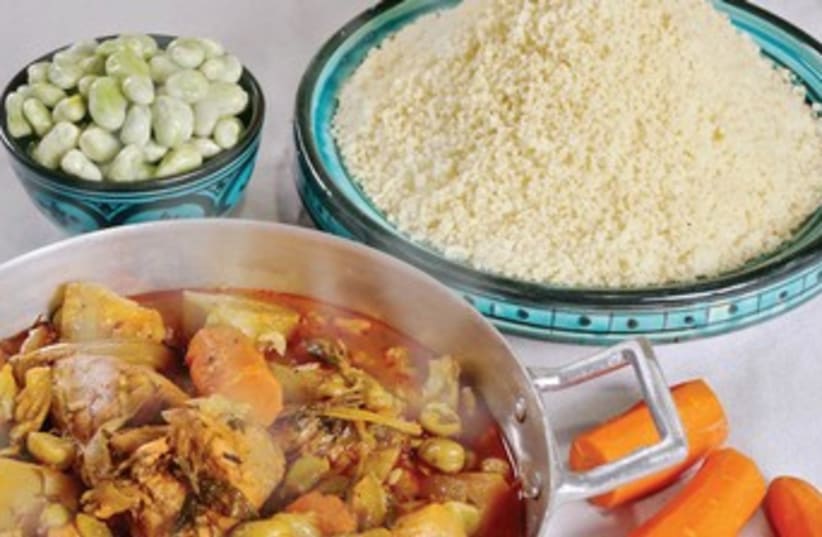The UN's Educational, Scientific and Cultural Organization (UNESCO) has added couscous, a North African food, to its Intangible Cultural Heritage List, according to the organization's website.
According to UNESCO, "this new inscription recognizes the value of couscous and the knowledge, practices and know-how that surround it."
This new prestigious status of couscous also reflects the cultural cooperation and deep connection between the four countries that share its heritage: Algeria, Mauritania, Morocco and Tunisia.
The four countries submitted couscous as a candidate in a joint application, which played a role in UNESCO's decision to recognize couscous a world heritage. The UNESCO announcement explained that the organization's purpose is "building bridges between peoples, bringing them closer together through the practices and knowledge they have in common," and that the joint application manifested those values. Audrey Azoulay, director-general of UNESCO explained that the "joint registration is a great achievement" because it reflects "a strong sign of cultural recognition and it is also a real diplomatic success," considering the fact that historically, many countries have attributed couscous as their own unique cuisine, ignoring the important role it played in other countries as well.
UNESCO further noted that "while it is difficult to be definitive about its history - debates between specialists have been part of the preparations for the application - everyone agreed on the truth of couscous: 'The best couscous is my mother's'."
Couscous is one of the most well-known dishes from North African cuisine. Each community has developed its own specific ways of preparing couscous, and each family takes pride in its own unique recipe. Couscous is made from semolina, which is a basic and cheap staple, and yet the dish holds much prominence, while its preparation requires complex steps and a certain level of skill.
In Tunisia, couscous is served with stuffed meatballs or fish. In addition, Tunisian cuisine includes a recipe for a special semolina cake that’s stuffed with dates and nuts.
In Moroccan cuisine, on the other hand, turmeric is added to the couscous, giving it a vibrant yellow tinge, which is served with mutton, dried fruit or a nut tagine. On festive occasions and holidays, these dishes are traditionally served with tiny meatballs.
Considering the large migrations to Israel by Jews from north African countries since its establishment, couscous has become a very popular dish among most if not all Israelis, who often mix it in soup.
Pascale Perez-Rubin contributed to this report.
